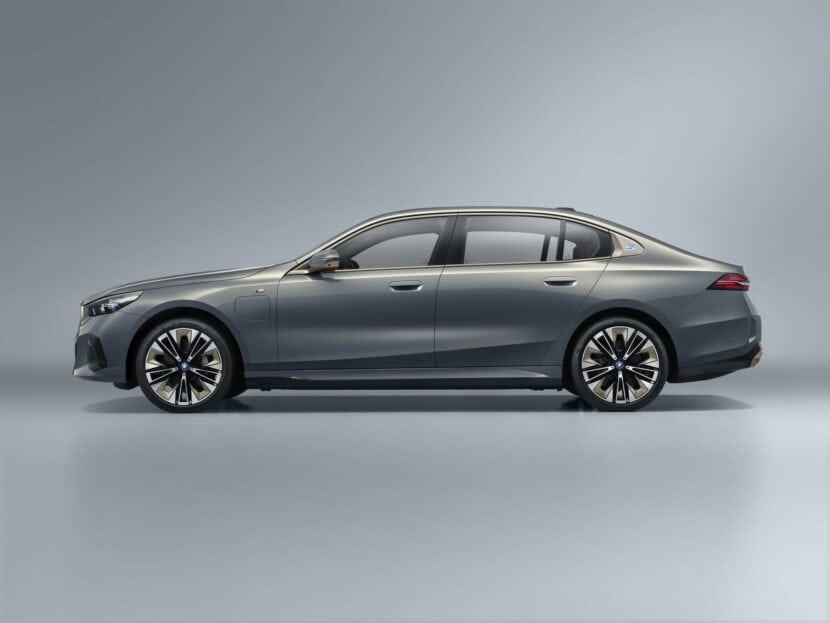In January 2025, BMW launched the all-new 5 Series in the Chinese market (G60 LWB), now featuring integrated Vehicle-to-Everything (V2X) technology developed in collaboration with JOYNEXT. This marks the first time a BMW model includes built-in V2X capabilities, representing a notable step in the brand’s efforts to expand connected vehicle technologies in China.
What is V2X—and Why It Matters
V2X (Vehicle-to-Everything) technology represents one of the core pillars in realizing the future of autonomous driving and advanced intelligent transportation systems. By enabling seamless communication between vehicles, infrastructure, pedestrians, and cloud-based systems, V2X helps build a real-time network where information flows freely—and quickly. In practical terms, this means the all-new BMW 5 Series can receive and process data about potential hazards, road conditions, traffic congestion, and other critical safety information long before the driver might notice them. The technology enables proactive collision warnings, optimized route planning, and real-time alerts about road construction or emergency vehicles—dramatically improving safety and efficiency.
BMW’s collaboration with JOYNEXT reflects a broader trend among global automakers to deepen technical partnerships in China as part of their digitalization and localization strategies. JOYNEXT, a supplier of connected driving technologies, contributes its development and deployment expertise to the project, helping to align BMW’s offerings with the rapidly developing smart mobility ecosystem in China.
The rollout also signals BMW’s interest in contributing to China’s long-term Smart City initiatives. By equipping vehicles with advanced communication systems, automakers and suppliers aim to build foundations for improved traffic flow, lower accident rates, and greater efficiency in densely populated urban areas.
Other V2X Projects
BMW has been actively involved in V2X research and pilot programs across Europe and the United States, but currently, no other market offers a production BMW model with active V2X technology as standard. In Germany and across Europe, BMW has taken part in several EU-funded initiatives, such as C-Roads and SCOOP, to test both C-V2X (cellular-based) and ITS-G5 (a DSRC-like short-range communication) on public roads. In 2019, BMW collaborated with Daimler and Volkswagen to trial short-range communication technologies like ITS-G5, though the company later shifted its focus toward C-V2X due to its greater potential for future scalability.
In the United States, BMW participated in pilot programs in Michigan and New York, testing V2X applications such as smart traffic light systems and emergency vehicle alerts. However, progress in the U.S. has been limited, largely due to ongoing regulatory uncertainty between C-V2X and DSRC standards, which has slowed wider deployment.
The company has not yet confirmed when V2X will appear in European or U.S. production models, but it’s expected that future versions of the Neue Klasse electric vehicles may offer V2X-ready hardware, especially in regions with supporting infrastructure.


